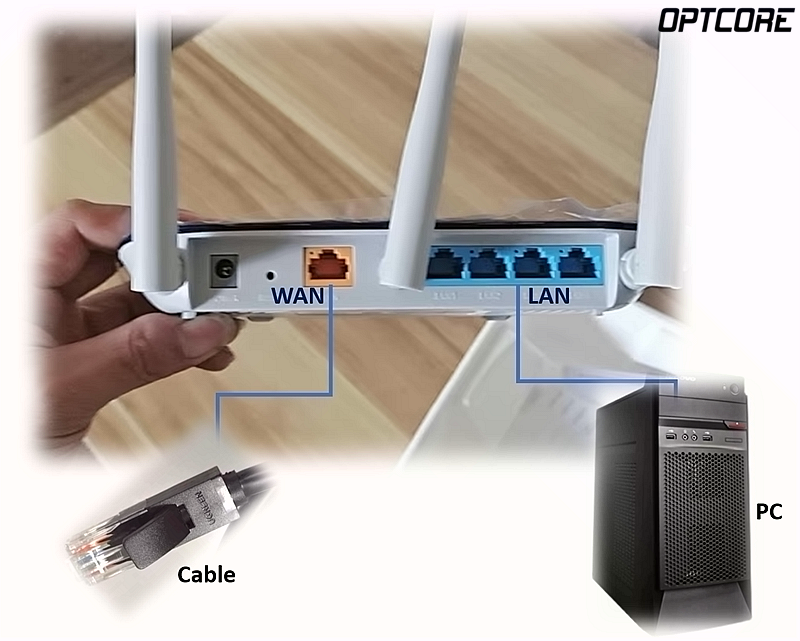Blog, Networking Device
WAN vs LAN port, What you should know
Have you ever seen a router? Have you noticed a router with the words WAN port and LAN port logo or two different ports? In this post, I will explain what a WAN and LAN port are, WAN vs LAN port, and their roles in a router.
Table of contents
What’s the WAN port?
WAN is the initial letter of the English word Wide Area Network, which stands for Wide Area Network. The WAN port connects to external networks such as cable, DSL, LAN, switches, etc. It is the gateway between the router and the external network. A router usually has only one WAN port, which some manufacturers identify in yellow.
What’s the LAN port?
LAN stands for Local Area Network and connects to an internal network, mainly to a PC, etc. It acts as a” transportation hub” for the home or office. Most routers have 4 LAN ports. Some manufacturers use the color blue to indicate it, but note that the color does not indicate the port type; it is just to differentiate them.
Difference between WAN port and LAN port
| comparison term | WAN port | LAN port |
| number of ports | usually one | usually three or four |
| markings | marked as WAN, Internet, or yellow port | Labeled as LAN, Ethernet, or blue Port |
| joint | ADSL, cable, fiber optic, and other external networks | PCs, laptops, TVs, and other local network devices |
| spend and bandwidth allocation | limited by the external network environment | depends on router performance and settings |
| safety | vulnerability to external attacks and security risks | less susceptible to external attacks, with lower security risk |
| IP address allocation | public lP address | private lP address |
| routing protocols | BGP, OSPF | Static Routing, RlP |
| use | the WAN port provides Internet lP to the router. | provide the lP address for devices connected to this port |
Router connection
A router is a device that implements packet forwarding. It works like this: first, it receives a packet from the network, then recognizes the destination address, looks up the routing table to choose the best path, and finally, forwards the packet to the next router or target device.
The wireless router consists of four main components: the power connector, the reset button, the WAN, and the LAN port, as shown in the following figure.

Figure 1: Router main Components: WAN and LAN port, reset button, power connector
The general connection is shown below.

Conclusion
Although the two ports above have different functions and characteristics, they are indispensable and complementary in practical applications.
Without WAN ports, we can’t access the Internet to obtain abundant resources, but at the same time, our network equipment may also receive attacks from external networks. Without LAN ports, we can’t realize the sharing of resources under the same LAN and the expansion of the network.
Read more
- RJ11 vs RJ12 vs RJ45 Connector, What is the Difference?
- Top Optical Transceiver Manufacturers List (2024)
- What is RJ45 Connector? An Ultimate Guide (2024)
- Managed vs Unmanaged Switches: What’s the Difference?
- 100BASE-TX vs 100BASE-FX, What is The Difference?







